All about thermos plugs
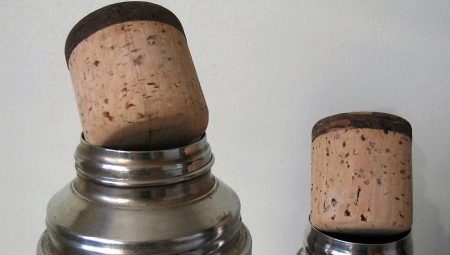
Not a single thermos, or a product similar in design to it, can do without a cork. Models with a built-in locking mechanism have an accessory that acts as a plug with a lid or just a plug. The cork plug does not need a valve or a button.
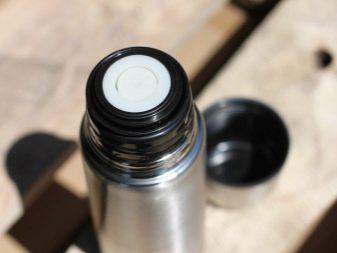
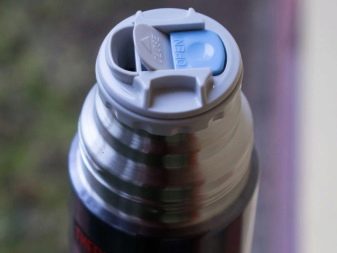
What are they?
The cork for a thermos is made of cork, birch bark. This is what the manufacturers of thermoses in the USSR did - wooden cork belongs to natural components, without plastic and other materials used in foreign, including Chinese, products.
For a cork - essentially a plug - specific requirements apply. The cork requirements are as follows.
- The element should be convenient and easy to use. It should not stick when opening and closing the thermos.
- The cork should not rapidly give off the heat of drinks and food placed in the inner container during storage.
Some models of plugs contain a special button with a valve. With their help, a fast fluid supply is carried out. The disadvantage is that if the composition of the product is not uniform, for example, the presence of sediment in coffee, the valve clearance is clogged with the same coffee grounds.
The push-button valve is conveniently used mainly for water and light drinks based on it, without sediment.
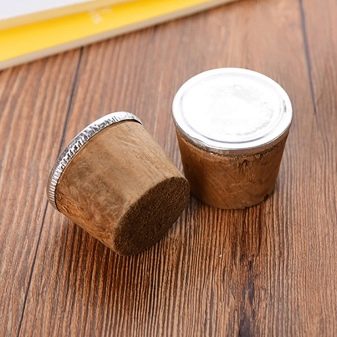
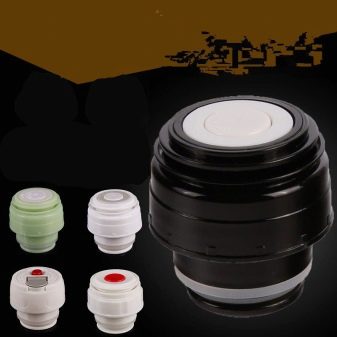
In case of failure, wear of the plug or valve parts, they need to be repaired or replaced. A model that does not provide for the replacement of a part is either repaired from natural and improvised materials, or changed to a similar or similar one in terms of parameters.
For wide-mouth thermos flasks, there are factory-mounted push-button valves in the lid and screw plugs. The push-button mechanism is designed in such a way that it cannot do without a spring returning to its original position. It also locks it, so that the valve seal fits snugly to the edges of the cover hole, which means that the liquid content will not spill out even if accidentally tipped or turned over. Devices with a valve button are more expensive than conventional thermoses with a classic stopper.

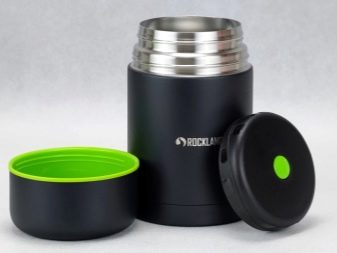
Metal thermoses are equipped with balsa corks wrapped in a textile piece. Natural corks are made from pressed wood chips or solid bark. They keep the temperature of the contents of the thermos for long hours, not allowing the heat to go away quickly.
Push-button thermoses models use a rubber seal on the shut-off valve. Or the same seal is placed on the lid itself. When purchasing a thermos, find out all its parameters.
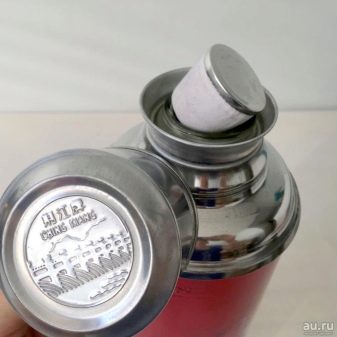
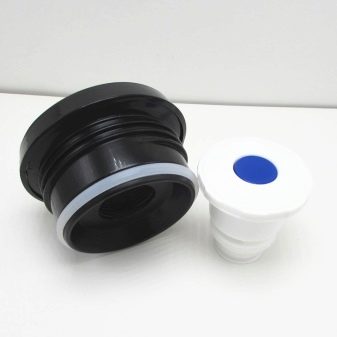
A significant number of models are sold with corks made from solid bark - such plugs are considered the most practical.
Balsa plugs are more common than others.... Overheated food and drink will erode the cork material over time, and the tightness may soon deteriorate. Cork bark, although natural, is safe for health; it gets into drinks and food in the form of dust. If the cork material has peeled off, install a new plug.
Unlike cork, plastic ones with a seal often fail due to insufficient sealing.
Due to its higher density, plastic conducts heat better, and the shelf life of a drink or food in a hot state is reduced, for example, from 12 to 9 hours.
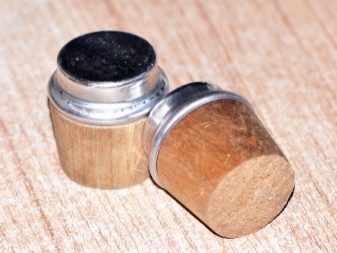
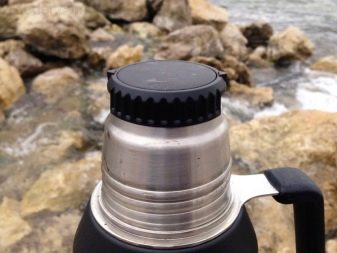
Popular brands
The main demand in the domestic market for mobile utensils is thermoses for transporting liquids. In the last 10 years, the industry of food thermoses has also been actively developing, making it possible to carry even second courses with you. Most models keep food and drinks hot for up to 8 hours, it is permissible to transport cold drinks. In most models, the cover can be easily unscrewed. Plastic and glass (from the inside) products use natural (wooden) cork, but plastic is also allowed - up to polystyrene, corks are also made rubberized and upholstered with textiles.
-
"Arctic" - a series of products from a domestic manufacturer. They are easy to use and have a highly airtight joint after the container is sealed. They are mainly supplied for thermoses with a neck diameter of 4 cm. Not suitable for products of other brands. It is possible to dispense liquid.
-
Biostal - purchased only directly from the manufacturer. They are of good quality, durable and easy to use.
In addition to the products of these two brands, there are dozens of Chinese modifications on the domestic market, for the manufacture of which plastic and composite materials are used.
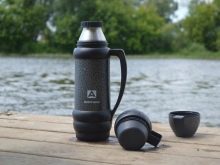
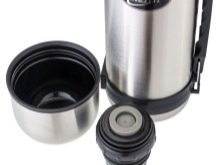
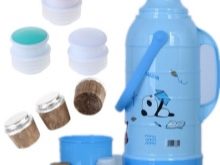
Selection Tips
The cork must be natural. Only these are environmentally friendly. Do not select valve plugs with pushbuttons for products and drinks that are not uniform in composition.
Remember: nothing is better than a vacuum between the walls of a thermos and a natural cork made of highly porous material.
Of course, you don't choose a thermos just by the cork. It has a number of criteria: capacity, the presence of a vacuum between the inner and outer walls (and not insulation), the material of the inner and outer vessels, environmental safety (stainless steel and glass are considered the safest). Saving on the quality of the product did not bring anyone to good, and often forced to face the need to buy a new thermos. You should not save on the durability of products and your own health.

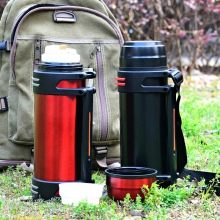
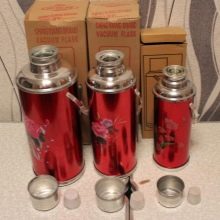
Restoration of old plugs
The mechanism with a button in expensive models is collapsible... The situation is reminiscent of teapots and pans, from the lids of which the handle could be removed.
In the cheapest models of thermoses, a button with a valve is rigidly built into the body, and, for example, a spring can be replaced only by damaging the structure. Even if you carefully cut it, then reassemble it just as carefully after replacing the gasket, after such a repair the product will no longer be the same. So, the cut parts will then need to be glued, and almost all adhesives are environmentally unsafe and harmful to health. The use of stainless screw connections is significantly complicated by the design of the covers themselves - it is unlikely that it will be possible to screw in the bolts so that the button continues to work after repairs. In addition, the metal easily and quickly removes heat, and the preservation of the high temperature inside the contents in the presence of a screw or bolted connection will seriously suffer. Non-removable buttons and valves are extremely difficult to repair.
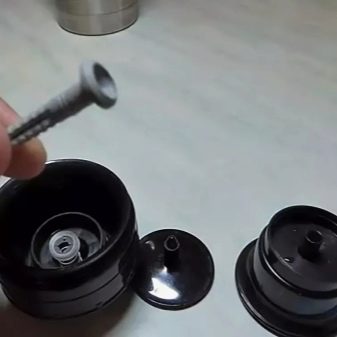
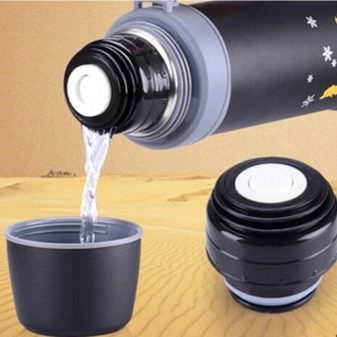
But it is much easier to disassemble a regular cork. To be able to repair it, the user removes the textile layer from it, which it is upholstered with. The cork lining material is washed thoroughly, like a soiled garment, as it is a regular fabric. Then the main part of the wood is replaced or grinded from all sides of the blackened cork layer, and then assembled back.
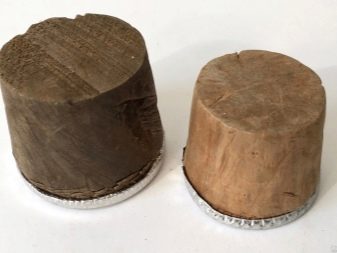

If the stopper is plastic, but the reason for the passage of liquid from the thermos - a frayed gasket, then a new gasket is cut from any used rubber product. You can give the gasket uniformity on all sides by fixing the plug on a lathe running at low speeds, and turning using a mini-drive with a turning crown, for example, turning with a screwdriver or drill driven at high speeds. Some models of thermos flasks with a screw cap install a gasket closer to the outer body of the lid, it is a ring that can be replaced with any rubber ring.
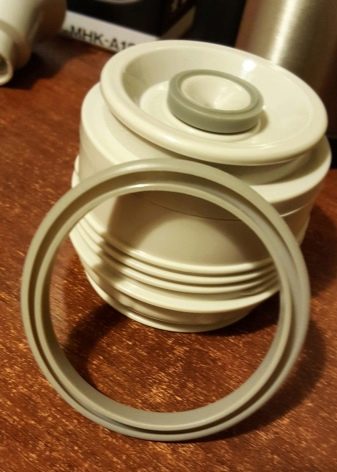
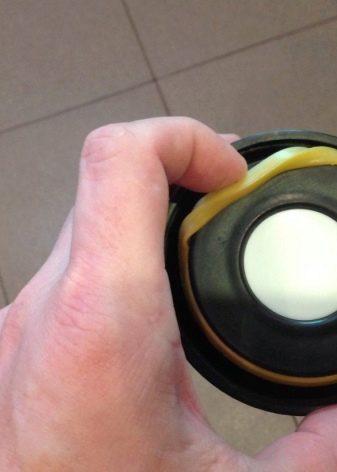
What and how to do it yourself?
In the event of a breakdown of a standard plug, as well as in case of improper use, when it has lost its performance, it should be replaced. However, it happens that it was not possible to find the desired one according to the characteristics, then it is recommended to make it yourself - again, from environmentally friendly materials.
As materials, tools and consumables you will need: wine or champagne bottle corks, hot melt glue, bolt with nut, press washer and washers, beer can, wood block, scotch tape, glue gun, sandpaper, can opener, feather drill, hand or power saw. To make a homemade cork, do the following.
- Cut off the top from each of the factory blanks. The plug must be the same diameter over the entire length. To simplify the process, you need a template.
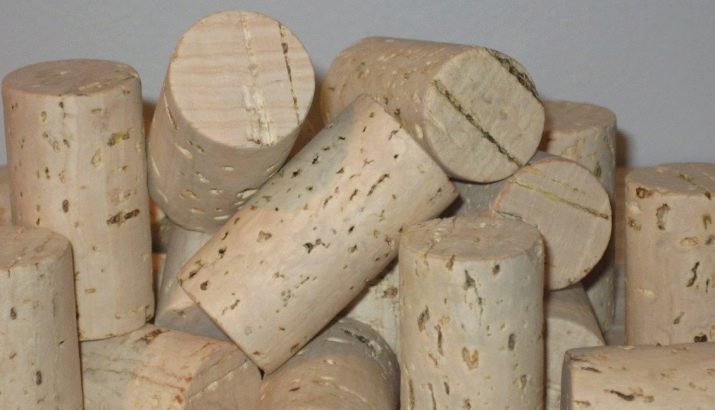
- Using a drill, cut a hole in the wooden block with a diameter slightly larger than the neck of the bottle. Use a suitable long bit to cut through the wood. Observe perpendicularity.
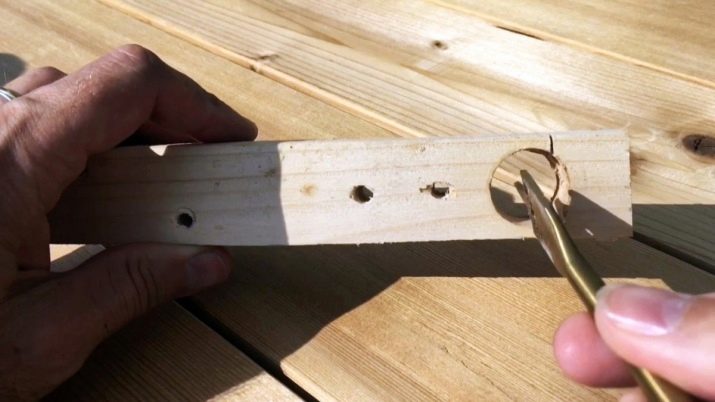
- Insert the workpiece into the hole and saw through it. Rotate it 90 degrees and repeat this cut. Make the remaining two cuts to form a square parallelepiped.
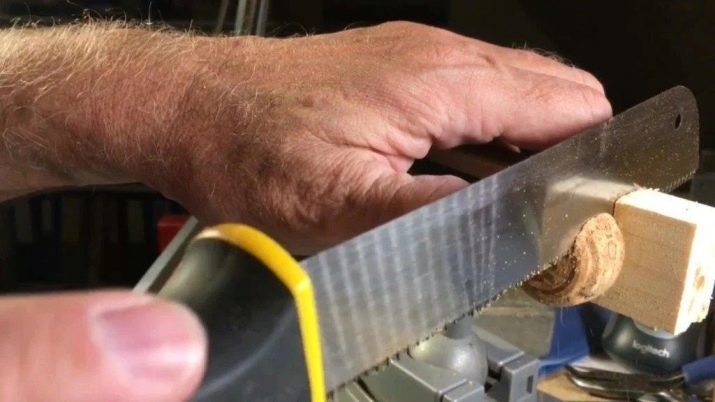
- Cut off the top of a beer can, or measure the diameter of the thermos neck. Glue several rectangular pieces together. The glued assembly should be slightly larger than the inside diameter of the neck. This is necessary so that the glued product adheres tightly to the walls of the neck from the inside, not allowing the liquid content to pass through during storage of the latter. Cut the cut plugs glued together, cut strictly according to the diameter, without deviating from a perfectly flat circle.
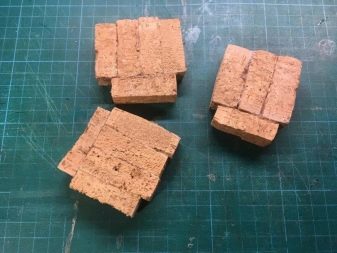
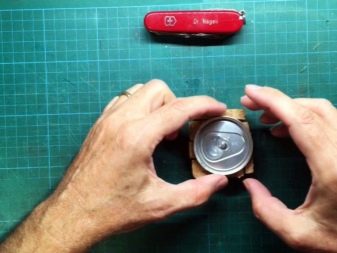
- Finally, to enter the cork exactly drill a hole in the neck of the thermos in the center of the workpiece, into which you drive the screw. Tighten the nut.
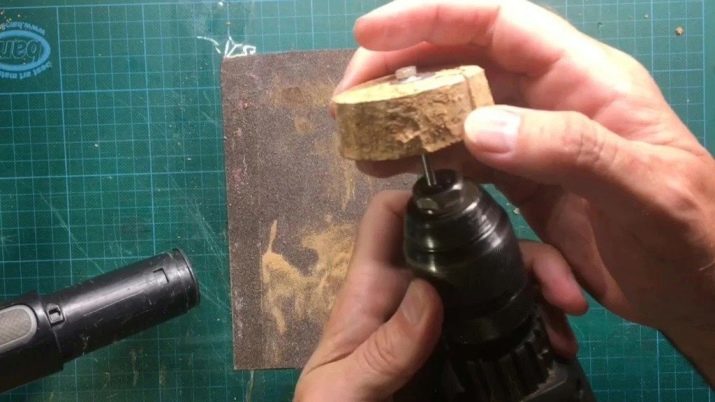
- Tighten the screw in a screwdriver and grind the cork, making it look like a truncated cone... Use sandpaper for this, or a rotating sanding wheel. This will give the cork the necessary smoothness of the turning. If using a spinning wheel on a mini-drive, turn the plug evenly to ensure perfect turning. Do not forget to periodically try on the cork to the neck so as not to grind off too much.


- After grinding the plug, remove it from the bolt. Seal the hole left in place of the bolt with glue, mixing it with cork sawdust. So that the dried glue does not subsequently come into contact with drinks and food if the thermos is accidentally turned over or overturned in the bag, close this place from the inside using a plug along the diameter of the bolt located in the cork. The plug should be slightly larger than the former through hole in order to fit snugly against the main body of the plug at this point.
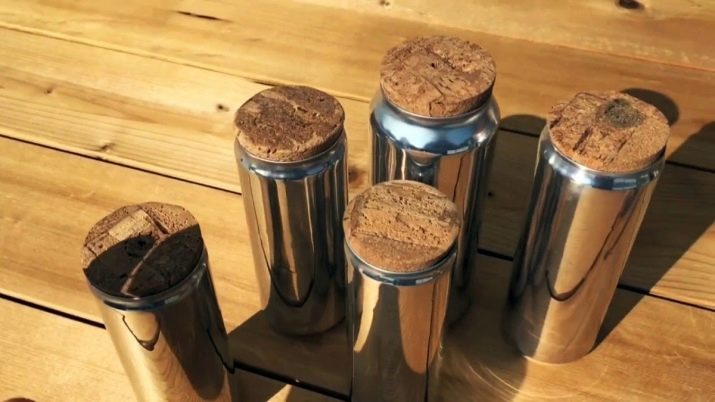
To check the reliability, the thermos is turned over for a few minutes.
Next, see the video review of thermos plugs.








